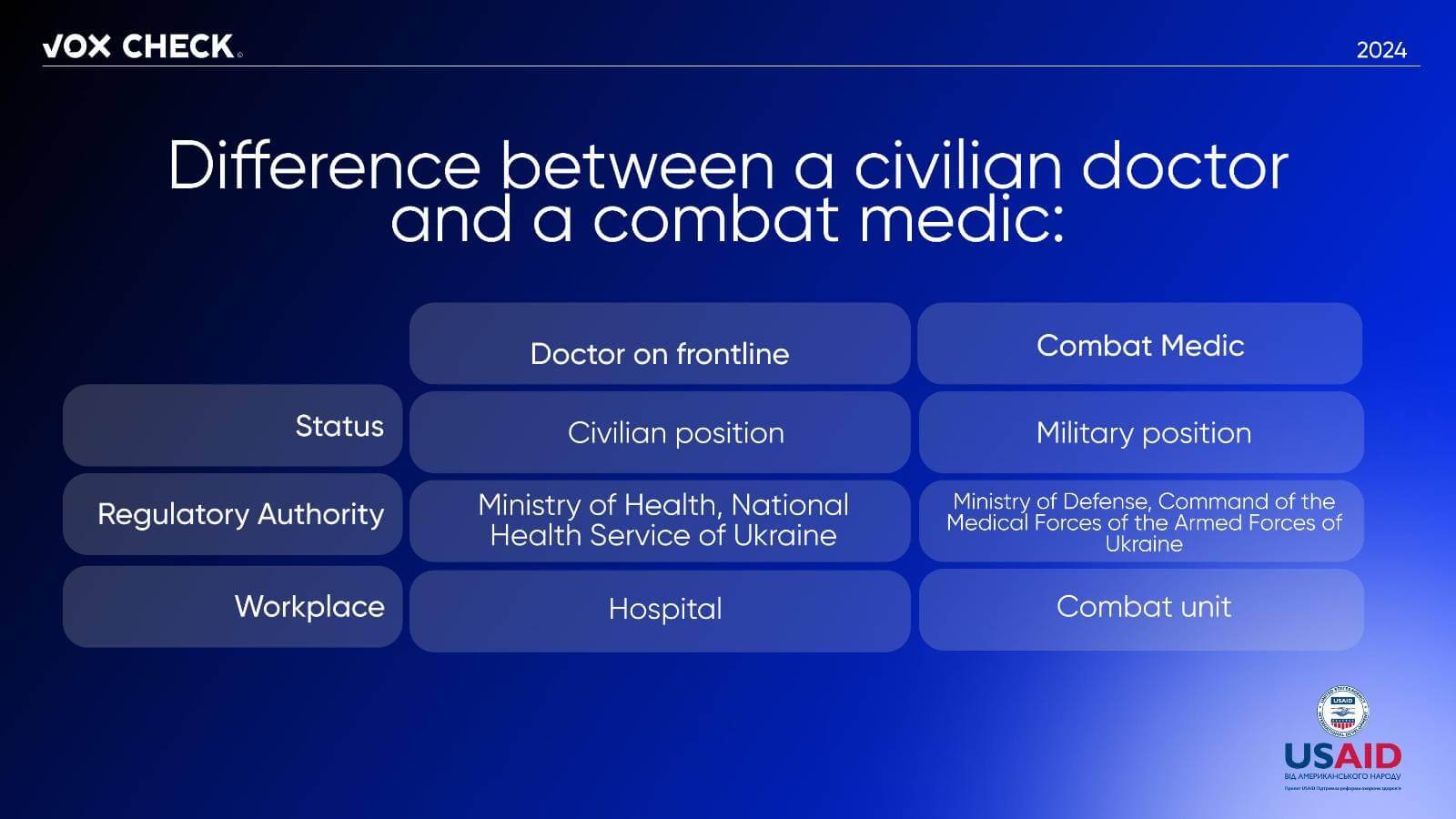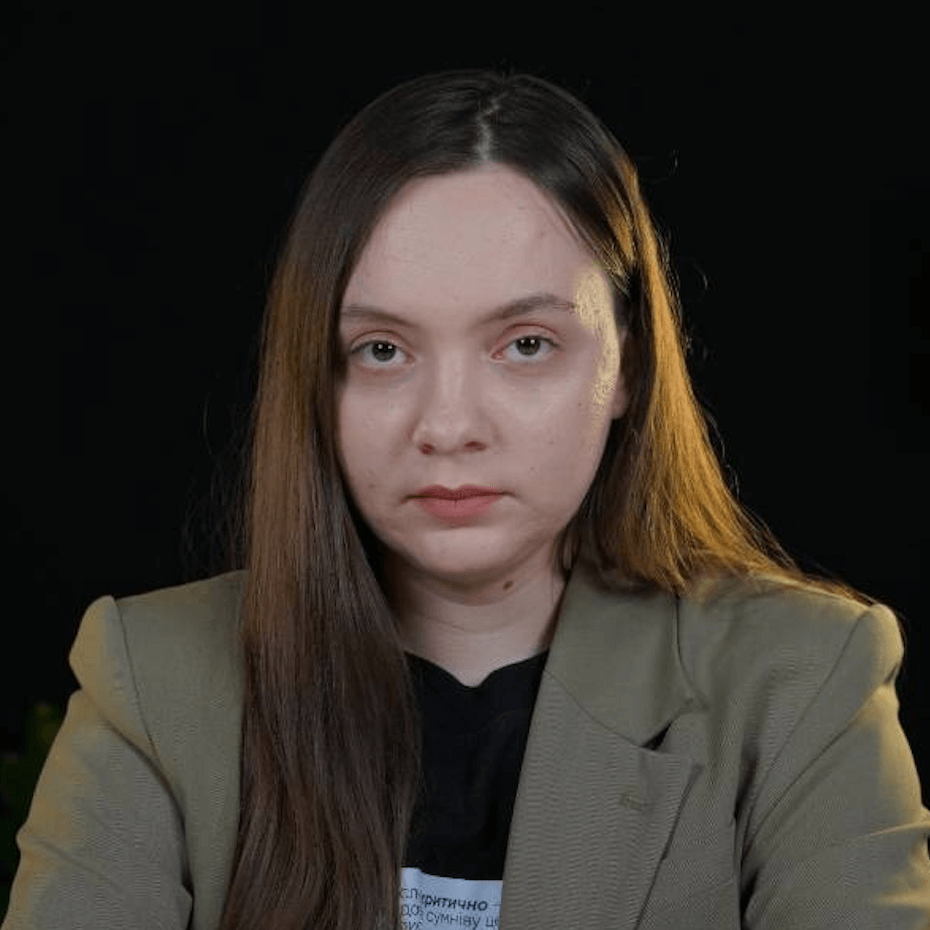Propagandists are trying in any way possible to discredit Ukraine. While the Olena Zelenska Foundation and the Ministry of Health of Ukraine cooperate with the governments of other countries to enhance access to medical services in frontline areas, Russian propaganda invents stories of ‘deception’ and ‘manipulation.’ Meanwhile, Russia continues to harm civilian populations.
With the support of the USAID Health Reform Support project, VoxCheck analyzes and refutes public health narratives spread in the information space of Ukraine, Belarus, and russia on a weekly basis.
Information is being spread online claiming that the Olena Zelenska Foundation deceived the government of the UAE. The country allocated 50 evacuation vehicles solely for humanitarian purposes, but instead, the foundation, along with the Ministry of Health of Ukraine, handed them over to military medics.
Screenshot of the post
What’s the reality?
The government of the UAE indeed donated 50 ambulances to Ukraine through the assistance of the Olena Zelenska Foundation to support the country’s medical infrastructure. The first batch of 23 ambulances was delivered in December 2023, with the remaining 27 arriving at the end of January 2024.
“Doctors often have to provide emergency care under shelling, risking their own lives and health. The donated ambulances will allow the evacuation of people from close combat zones and, hopefully, save thousands of lives,” says Nina Horbachova, the director of the foundation.
The recipient of the “ambulances” is the Ministry of Health of Ukraine, which further distributes them to regions that are most in need of specialized transport for medical evacuation and assistance.
So, there is no deception here — the vehicles will be used by medics in frontline areas to provide prompt assistance to civilians. It is important to understand that civilian doctors working in medical facilities in frontline areas and combat medics are completely different professions.
Combat medics are military personnel, a fully functional combat unit within the unit. They are constantly with the fighters, instructing and providing pre-medical assistance. Military medicine is a component of the Armed Forces of Ukraine, not the medical system. Furthermore, the requirements for military evacuation vehicles are different from civilian ones. Military vehicles typically require armored vehicles. For military needs, international partners usually provide armored vehicles or armored personnel carriers.
Ukraine’s healthcare system suffers from constant shelling. According to the Ministry of Health of Ukraine, during nearly two years of full-scale war, Russia has damaged 1,501 medical facilities and completely destroyed another 195. Additionally, since the beginning of the war, the Russian army has damaged 103 emergency medical vehicles, destroyed 253 vehicles, and seized 125 emergency vehicles.
As of the beginning of January 2024, 474 medical facilities have been fully restored, while 383 are still undergoing restoration. However, physical destruction remains a problem for the healthcare system. “In those areas [where medical facilities have been destroyed or damaged], access to medical care is limited. We have to reformat into mobile teams there, take a doctor and transport him along a certain route to provide one or another medical assistance. We must understand that in those areas, access to pharmacies may also be limited. This means that the “Available Medicines” program (when a prescription was issued and a person went to the pharmacy and received certain medicines for free) may not work there. Physical destruction of healthcare facilities, at least in frontline areas, significantly affects access to medical care,” explained Chief State Sanitary Doctor Ihor Kuzin.
Therefore, the Ministry of Health of Ukraine seeks to balance the situation through the use of mobile brigades deployed to hard-to-reach areas, rotation of medical staff, and through reducing formal barriers — for example, canceling the norm regarding the number of patients assigned to one family doctor, establishing modular hospitals, and so forth.
This information piece was produced with the assistance of the United States Agency for International Development (USAID), provided on behalf of the people of the United States of America. This article’s content, which does not necessarily reflect the views of USAID, the United States Government, is the sole responsibility of Deloitte Consulting under contract #72012118C00001.
Attention
The author doesn`t work for, consult to, own shares in or receive funding from any company or organization that would benefit from this article, and have no relevant affiliations




